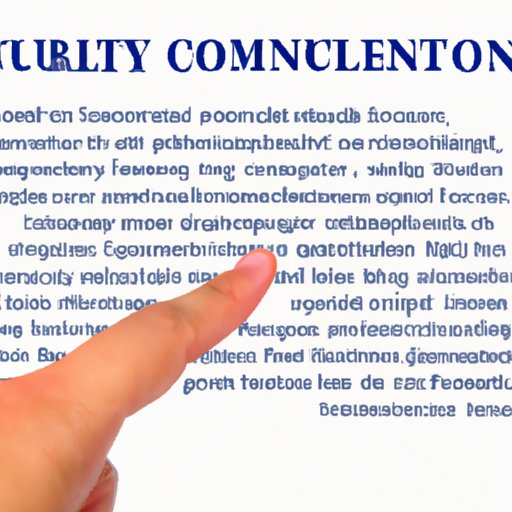Introduction
High context culture refers to a type of culture in which people rely heavily on nonverbal communication, shared values, and unwritten rules. This type of culture is often characterized by strong group identity and loyalty, as well as an emphasis on tradition and respect for authority. In a high context culture, information is often implicit and not explicitly stated, meaning that people must use their own knowledge and experience to interpret messages and understand the intentions of others.
Although high context cultures have traditionally been associated with countries in East Asia, Latin America, and the Middle East, this type of culture can be found in many other parts of the world. As globalization continues to increase and cultural boundaries become increasingly blurred, it is important to understand the implications of high context culture on various aspects of life, from communication and interaction to education, social norms, and politics.
Communication and Interaction
In a high context culture, communication is often indirect and relies heavily on nonverbal cues. According to a study conducted by researchers at the University of North Carolina at Chapel Hill, “High context cultures rely more on facial expressions, body language, and tone of voice to convey meaning than words alone.” This means that people in these cultures may not always say what they mean, and instead rely on subtle cues to communicate their intentions.
This can have implications for how people interact and build relationships. For example, in a high context culture, there is often an emphasis on building trust and understanding through long-term relationships rather than short-term transactions. This can make it difficult for outsiders to do business in these cultures, as they may not be able to understand the nuances of communication and establish trust with potential partners.
The implications of high context culture on communication and interaction also extend to business practices. According to a study published in the Harvard Business Review, “High context cultures tend to emphasize relationships over tasks, consensus over individualism, and collective orientation over individualistic orientation.” This means that people in these cultures may view decision-making as a collaborative process, and may be more likely to prioritize relationships and harmony over efficiency and productivity.
Education Systems
High context culture can also have implications for education systems. Studies have shown that students in high context cultures tend to perform better in cooperative learning environments, where they are encouraged to work together to solve problems. This type of environment is often seen in East Asian countries, where students are taught to think critically and collaboratively about problems.
In addition, high context cultures often put an emphasis on traditional values and respect for authority. This can lead to an educational system that places more value on rote memorization and obedience than creative thinking and independent problem-solving. Students in these cultures may also be less likely to question authority or express dissenting opinions.
Social Norms
High context cultures also tend to have distinct social norms and expectations. These norms may vary depending on the country or region, but they often include an emphasis on politeness, respect for elders, and conformity. People in these cultures may also be less likely to express emotions openly, as this could be seen as impolite or disrespectful.
In addition, high context cultures often have strict gender roles and expectations. Women in these cultures may face particular pressure to conform to traditional gender roles, and may be discouraged from taking on leadership roles or pursuing careers outside of the home.
Politics and Government
High context cultures can also have implications for politics and government. Studies have shown that people in these cultures tend to be more tolerant of authoritarian governments and less likely to challenge those in positions of power. This could be due to the emphasis on respect for authority and tradition, as well as the belief that those in power have earned their positions through hard work and dedication.
In addition, high context cultures often place a greater emphasis on consensus-building and compromise rather than individualism and competition. This can lead to a political system that is more focused on finding common ground and avoiding conflict rather than promoting individual rights and freedoms.
Conclusion
High context culture is a type of culture that relies heavily on nonverbal communication, shared values, and unwritten rules. This type of culture can have implications for communication and interaction, education, social norms, and politics. People in high context cultures tend to prioritize relationships over tasks, consensus over individualism, and collective orientation over individualistic orientation. They may also be more likely to tolerate authoritarian governments and place an emphasis on politeness and respect for elders. Understanding the implications of high context culture can help us better understand and appreciate different cultures around the world.
(Note: Is this article not meeting your expectations? Do you have knowledge or insights to share? Unlock new opportunities and expand your reach by joining our authors team. Click Registration to join us and share your expertise with our readers.)
